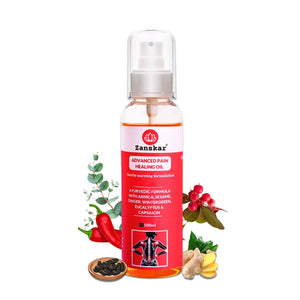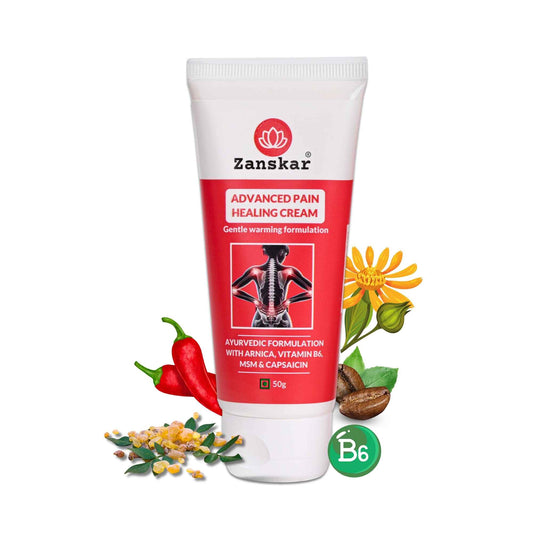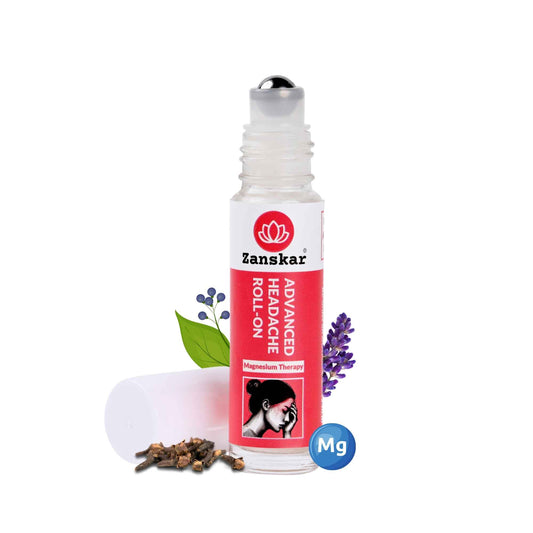
How to increase your knee joint lubricant, also known as Synovial Fluid?

Popping or cracking sound, tightness or pain in the knee could be signs of the decreased synovial fluid. If left untreated, it may lead to knee OA.
Synovial fluid or generally known as joint fluid (घुटनों का ग्रीस) has a thick and sticky egg-white like consistency and acts as a lubricant in the knee joint to reduce frictions and as a shock absorber, which helps the movement of our body. Getting up, sitting, or standing could be done effortlessly. Synovial fluid also reduces the pressure on the knee joint as it cushions the ends of bone surface while walking or running.
When synovial fluid is low, which tends to happen with age, it can contribute to joint stiffness and other aging-related joint conditions like OA.
This article describes what synovial fluid is, what is involved in synovial fluid analysis, and ways to supplement synovial fluid levels with exercise, diet, nutritional supplements, and injections of hyaluronic acid or platelet-rich plasma.
Why is Synovial Fluid Important
Joints that are highly movable are called synovial joints. When these joints are healthy, the bones slide against each other without friction or pain.
This is possible because the bones are cushioned by cartilage, a soft tissue called the synovium or synovial membrane, and synovial fluid (which is made by the synovial membrane).
The synovial joints include your:
- Shoulders
- Elbows
- Wrists
- Hips
- Knees
Dried synovial fluid can result in knee pain and stiffness. Degeneration of knee joint or injury has symptoms like loud noise in the kneecap especially when walking or bending, swollen or redness surrounding the knee surface. If not treated early, it could potentially lead to OA.
Factors Leading to Low Synovial Fluid
Naturally our body produces synovial fluid on its own. As we age, our body starts to deteriorate and the amount of joint fluid in the knee decreases. There are also other factors that cause the fluid to dry up quickly. Whether it being overweight, a knee injury or trauma that have severely affected the efficiency of fluid production in the knee joint or wrong physical movement of the knees, like side sitting or bending knees regularly. Certain chronic diseases like diabetes, high blood pressure, or joint pain such as gout or rheumatism are also some of the factors to cause the drying of synovial fluid.
Exercising to Improve Synovial Fluid
Studies show that exercise helps synovial fluid and nutrients in the synovium move around better. Synovial fluid analysis reveals fewer markers of inflammation and joint problems after exercise, as well.
So while it doesn't actually increase the amount of synovial fluid you have, exercise appears to help it function and improve its quality.

Dietary & Nutritional Supplements That Increase Synovial Fluid
Eating foods that are good for your joints can help your body produce more synovial fluid. This helps keep your joints healthy and might help lower your joint pain. Some foods known to help with synovial fluid production are:
- Dark, leafy vegetables
- Omega-3 fatty acids (found in salmon, mackerel, and flaxseeds)
- Curcumin (a compound found in turmeric)
- Glycosaminoglycan, which keep joints hydrated and lubricated - glucosamine and chondroitin are two examples
- Methionine, which is an amino acid your body uses to grow and heal
- Collagen, which your body uses to make cartilage
- High antioxidant foods (onions, garlic, green tea, and berries)
- Nuts and seeds
Medical Treatments That Increase Synovial Fluid
Your healthcare provider may recommend a type of injection to help protect your joints or alleviate joint pain. The specific treatments may vary depending on your diagnosis.
- Viscosupplementation: To increase synovial fluid in the knee joint, doctors will consider injecting Hyaluronic Acid, which has a similar composition as the natural synovial fluid, into the cartilage and hollow space between the joint to reduce pain, swelling, inflammation, friction and improves knee mobility. The results could be effective for approximately 6-12 months.
- PRP: Another treatment option is platelet-rich plasma or PRP injection to repair damaged tissues, treat injury and reduce inflammation. This treatment uses patient’s own blood and undergo multiple processes for a condensed consistency and inject it back to the knee joint.
Learn More About Zanskar Health
If you have joint or muscle pain that makes it hard to move, Zanskar offers the most advanced full stack pain relief solutions for you.
Now available to purchase, Zanskar® Advanced Pain Healing Cream has a unique formulation of natural ingredients like Arnica, Vitamin B6, MSM and Capsaicin, which is trusted by over 20L+ pain sufferers globally. It provides lasting relief from muscle and joint discomfort that you can feel good about. Get your fix before stocks run out - buy now.
You can also gain access to therapeutic exercises and stretches for your condition by downloading the Zanskar Health physiotherapy mobile app. Additionally, you’ll have a personal care team to guide, support, and tailor our program to you, including behavioral and nutritional coaching.
Download our mobile app here 👉 download and track your exercise streak.
Medical Review: This article is written by Dr Nishtha Mittal (Senior Health Content Editor at Zanskar Health) and has been medically reviewed by the medical team at Zanskar Health. This article and its contents are provided for educational and informational purposes only and do not constitute medical advice or professional services specific to you or your medical condition.







